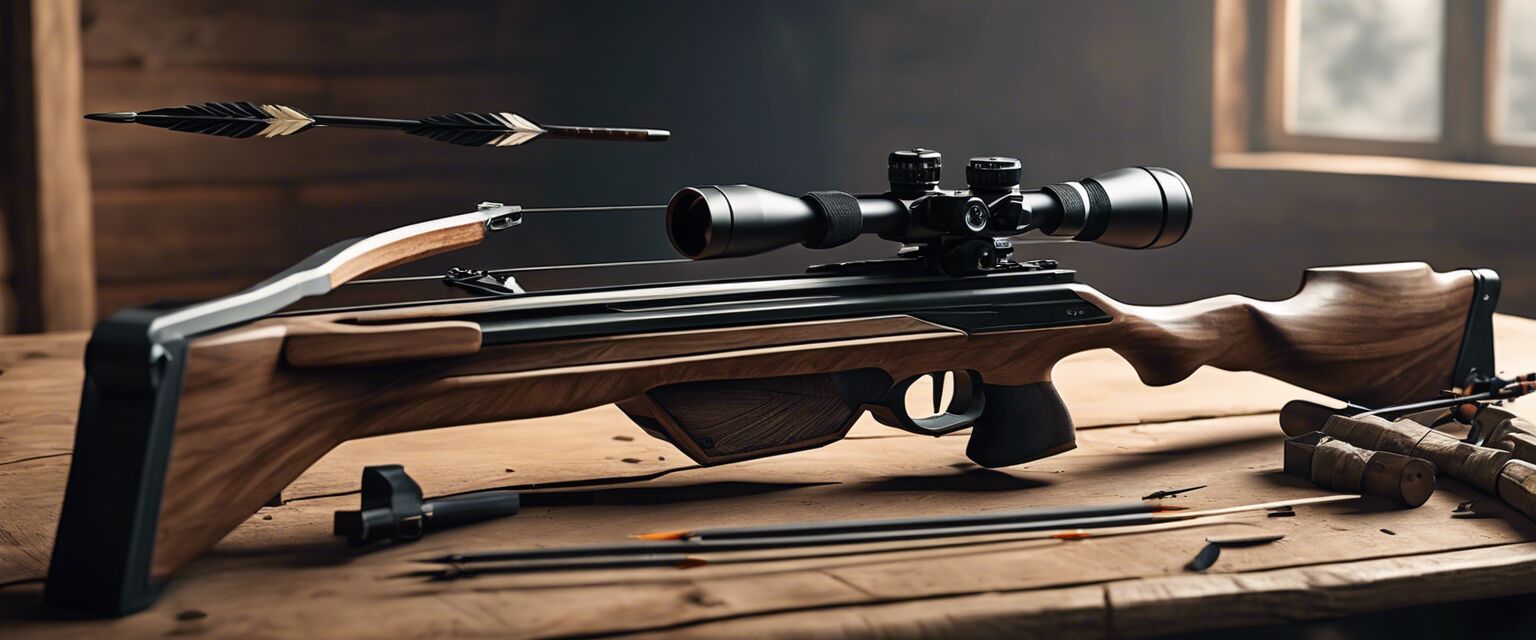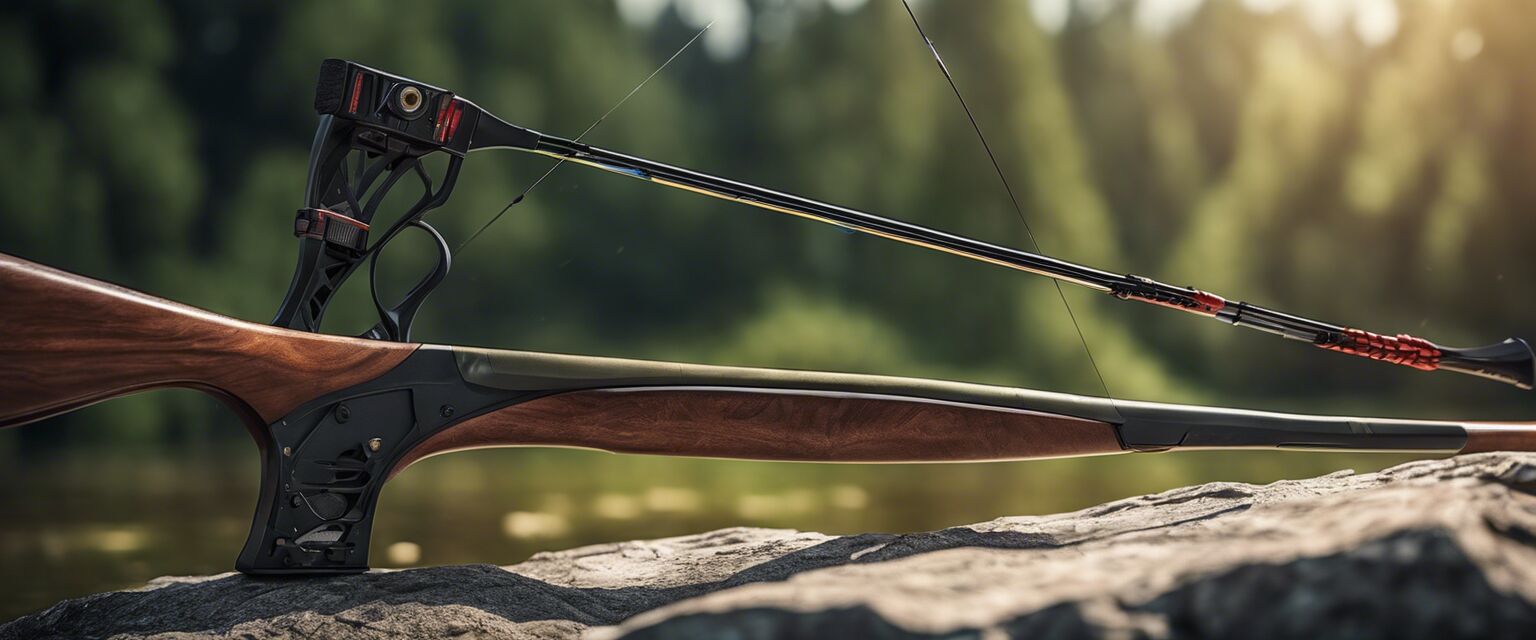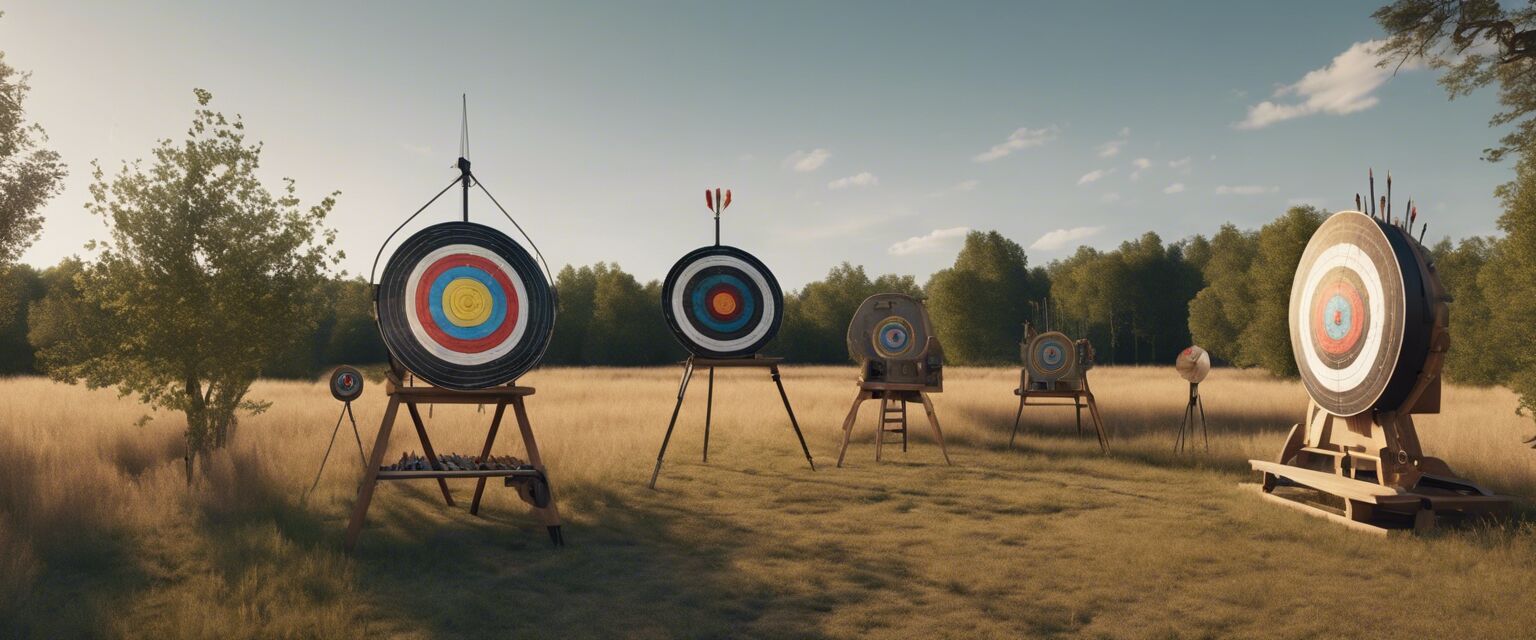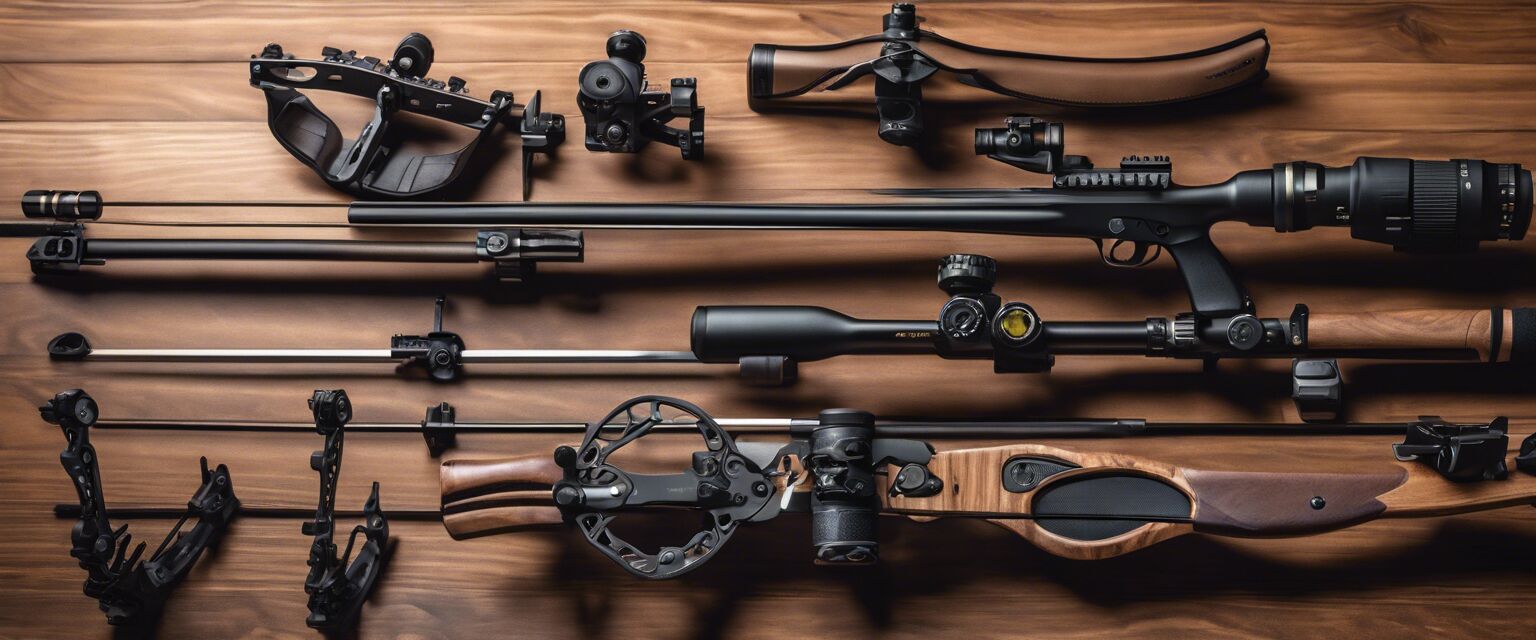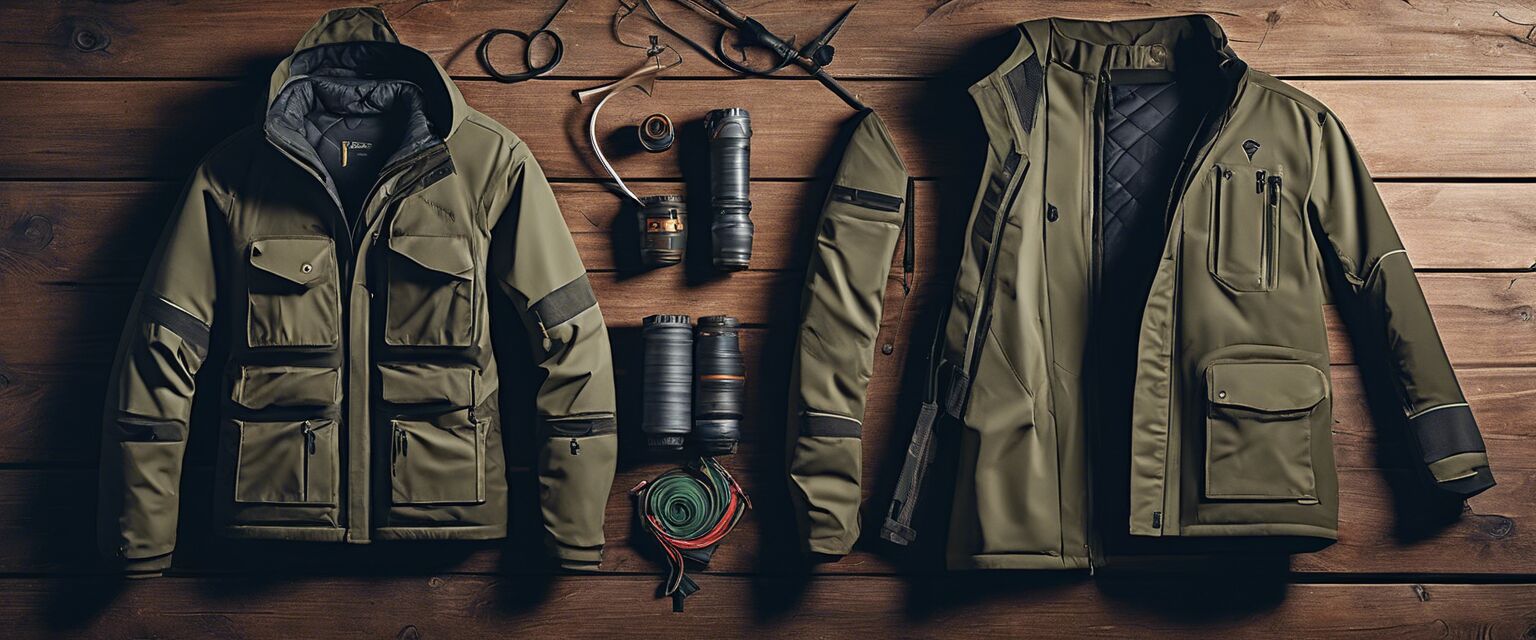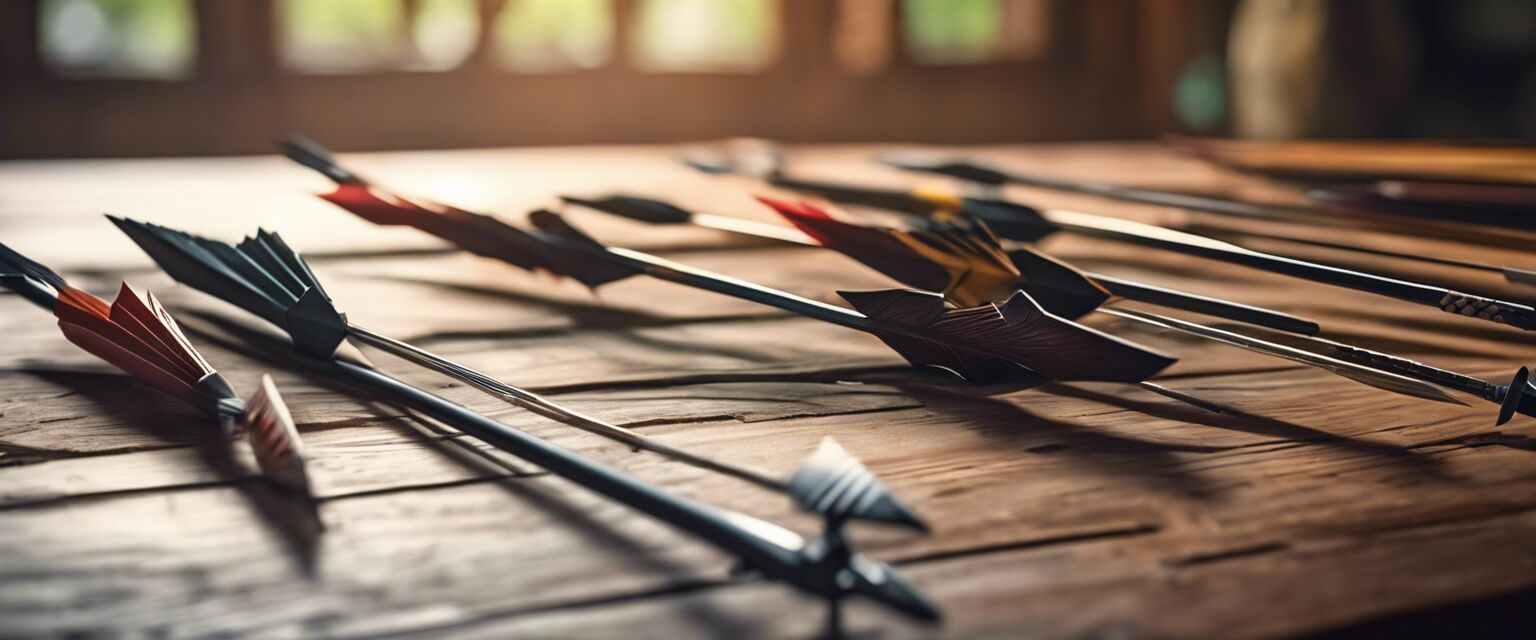
Traditional Bows Reviews
Key Takeaways
- Traditional bows have deep historical roots and diverse designs.
- Modern traditional bows offer various materials and performance enhancements.
- Understanding the types of traditional bows helps in selecting the right equipment.
- Practicing with a traditional bow enhances archery skills and appreciation for the craft.
Welcome to our comprehensive review of traditional bows, a significant piece of archery culture that has evolved over centuries. In this article, we'll explore the historical importance of these bows, how they perform in todayâs archery scene, and what you need to consider when selecting one.
What are traditional bows?
Traditional bows, often referred to as longbows or recurve bows, are designed based on ancient models. Crafted from natural materials, they offer archers a unique experience distinct from modern compound bows. Understanding their anatomy and how they work is key to mastering archery.
The anatomy of a traditional bow
| Component | Description |
|---|---|
| Limbs | The flexible ends of the bow that store energy when the bowstring is drawn. |
| Sight window | An area on the bow where the archer aligns their shots. |
| Bowstring | The string that connects the two limbs and propels the arrow forward. |
| Grip | The part of the bow that the archer holds while shooting. |
| Riser | The central part of the bow which connects the limbs. |
The historical significance of traditional bows
Traditional bows have played a vital role in human history, from hunting to warfare. Their designs are rooted in various cultures, including the English longbow and the Japanese yumi. Here are some key historical aspects:
- Hunting: Traditional bows were essential tools for hunting, allowing people to gather food and resources.
- War: Bows have been used in battle for centuries, with advanced archers playing strategic roles in conflicts.
- Cultural Significance: Many societies hold bow-making and archery skills as crucial cultural traditions.
Types of traditional bows
When choosing a traditional bow, understanding the various types can help decide which fits your needs best. Below are common types:
- Longbow: A tall bow that is straightforward in design, ideal for target shooting and hunting.
- Recurve Bow: Features limbs that curve away from the archer, offering higher efficiency and speed.
- Flat Bow: Flat in profile, these bows are popular for their ease of use and lightweight design.

Modern performance of traditional bows
While rooted in history, traditional bows have seen performance enhancements in recent years. Materials like fiberglass and modern wood composites have improved durability and efficiency. Below are some aspects to consider:
Material Considerations
| Material | Pros | Cons |
|---|---|---|
| Wood | Classic design, great feel, traditional aesthetics. | More susceptible to damage from humidity and warping. |
| Fiberglass | Highly durable, resistant to weather conditions, consistent performance. | Less traditional feel and aesthetics, heavier than wood. |
| Carbon Fiber | Very lightweight, provides high efficiency and speed. | Higher cost, may not appeal to traditional enthusiasts. |
How to choose the right traditional bow
Selecting the right traditional bow requires careful consideration of your personal needs and preferences. Here are some tips to guide your choice:
Beginnerâs guide to selecting a traditional bow
- Determine your primary use (hunting, target shooting, or both).
- Consider draw weight; start with a lower weight for better control.
- Choose the right length based on your height and wing span.
- Try before you buy at a local shop or archery club.
- Research bow brands and gather reviews for your chosen model.
Pros and Cons of Traditional Bows
Pros
- Rich historical value and cultural significance.
- Enhances shooting technique and teaches fundamental archery skills.
- Customizable in terms of design and materials.
- Often more affordable than modern compound bows.
Cons
- Requires more practice to master.
- Potentially less accurate than high-tech alternatives.
- May have limited adjustability compared to modern bows.
Maintenance and care for traditional bows
To ensure longevity and performance, proper maintenance is key. Here are some general tips:
- Store your bow in a dry place away from extreme temperatures.
- Regularly check the bowstring for wear and replace as needed.
- Clean the limbs with a soft cloth to remove dirt and moisture.
Conclusion
Whether you are a seasoned archer or just starting your journey, traditional bows offer an enriching experience that connects you with the historical roots of archery. By understanding their types, benefits, and care, you can enhance your archery skills and appreciation for the craft. Explore more about bows and the accessories you might need to complement your traditional bow experience.


